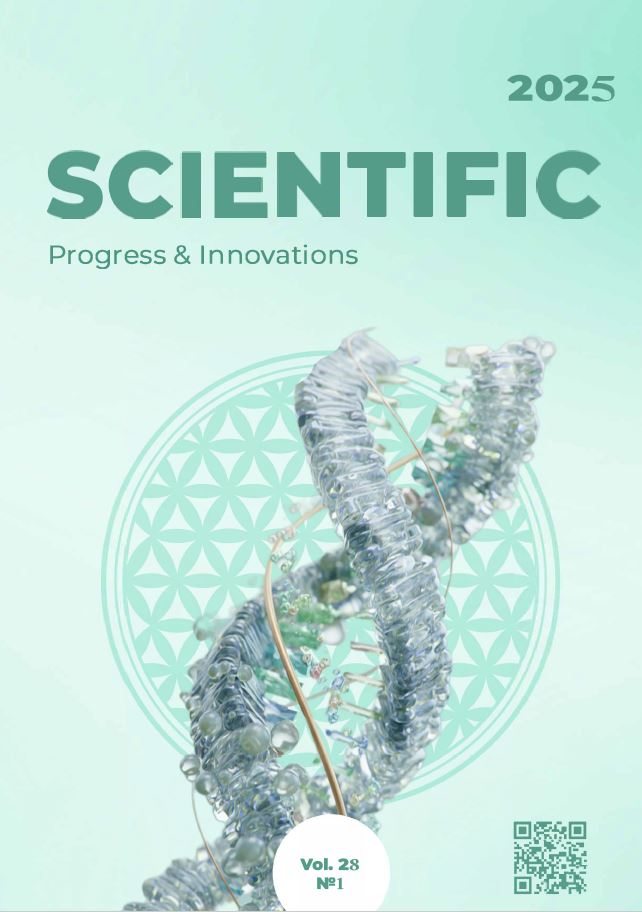Influence of causatives of helmintoses of the digestive tract on hematological indicators of dogs with mono- and mixed invasions
DOI:
https://doi.org/10.31210/spi2025.28.01.40Keywords:
parasitology, helminthiases, digestive tract, dogs, monoinvasion, mixedinvasion, blood, hematological parametersAbstract
Dogs are a source of many invasive diseases, with gastrointestinal helminthiases being particularly common, and some of them are zoonotic. Parasites negatively affect the host's body, the condition of which depends mainly on the strength of the animal's immune system. Thus, gastrointestinal helminthiases in young animals can cause severe intestinal disorders and gastroenterites, and conversely, infestations that occur in adult dogs can occur without clinical signs due to the formation of age-related immunity. Despite the clinical picture of the disease, helminthiases in dogs causes pathophysiological changes, including inflammation, oxidative stress, changes in metabolism and functions and activities of organs and systems. The aim of the research was to investigate the specifics of the influence of helminthiases pathogens of the digestive tract on hematological parameters of dogs with mono- and mixed invasions. The study was conducted in the conditions of the Private Veterinary Clinic "Dovira" (Kharkiv). Four groups of animals were formed, one of which was a control group (clinically healthy dogs) and three experimental groups (infected with pathogens of mono- and mixed invasions – Trichuris vulpis, T. vulpis + Toxocara canis and T. vulpis + T. canis + Dipylidium caninum). The conducted studies revealed that with the increase in the number of co-members of the mixed invasions, the severity of the negative impact of parasites on the hematological parameters of dogs increases. In the blood of dogs infected with T. vulpis, the number of erythrocytes significantly decreases by 10.6 %, the hemoglobin content by 10.7 %, the hematocrit by 12.9 %, the average concentration of hemoglobin in erythrocytes by 5.4 %, and the number of leukocytes slightly increases by 14.5 %. In mixed invasions of T. vulpis + T. canis, changes in the blood of infected dogs are more pronounced and are characterized by a decrease in the number of erythrocytes by 13.6 %, hemoglobin content by 15.8 %, hematocrit by 18.2 %, and the average concentration of hemoglobin in erythrocytes by 7.3%. At the same time, the number of leukocytes increases even more by 26.5 % and the number of platelets decreases slightly by 29.2 %. In mixed invasions of T. vulpis + T. canis + D. caninum, the severity of changes in hematological parameters increases and is accompanied by severe anemia and leukocytosis. The obtained research results expand the existing data on individual links of pathogenesis in mono- and mixed invasions of dogs from the point of view of their hematological parameters.
Downloads
Published
How to Cite
Issue
Section
License
Copyright (c) 2025 Scientific Progress & Innovations

This work is licensed under a Creative Commons Attribution 4.0 International License.

 Creative Commons Attribution 4.0 International Licens
Creative Commons Attribution 4.0 International Licens